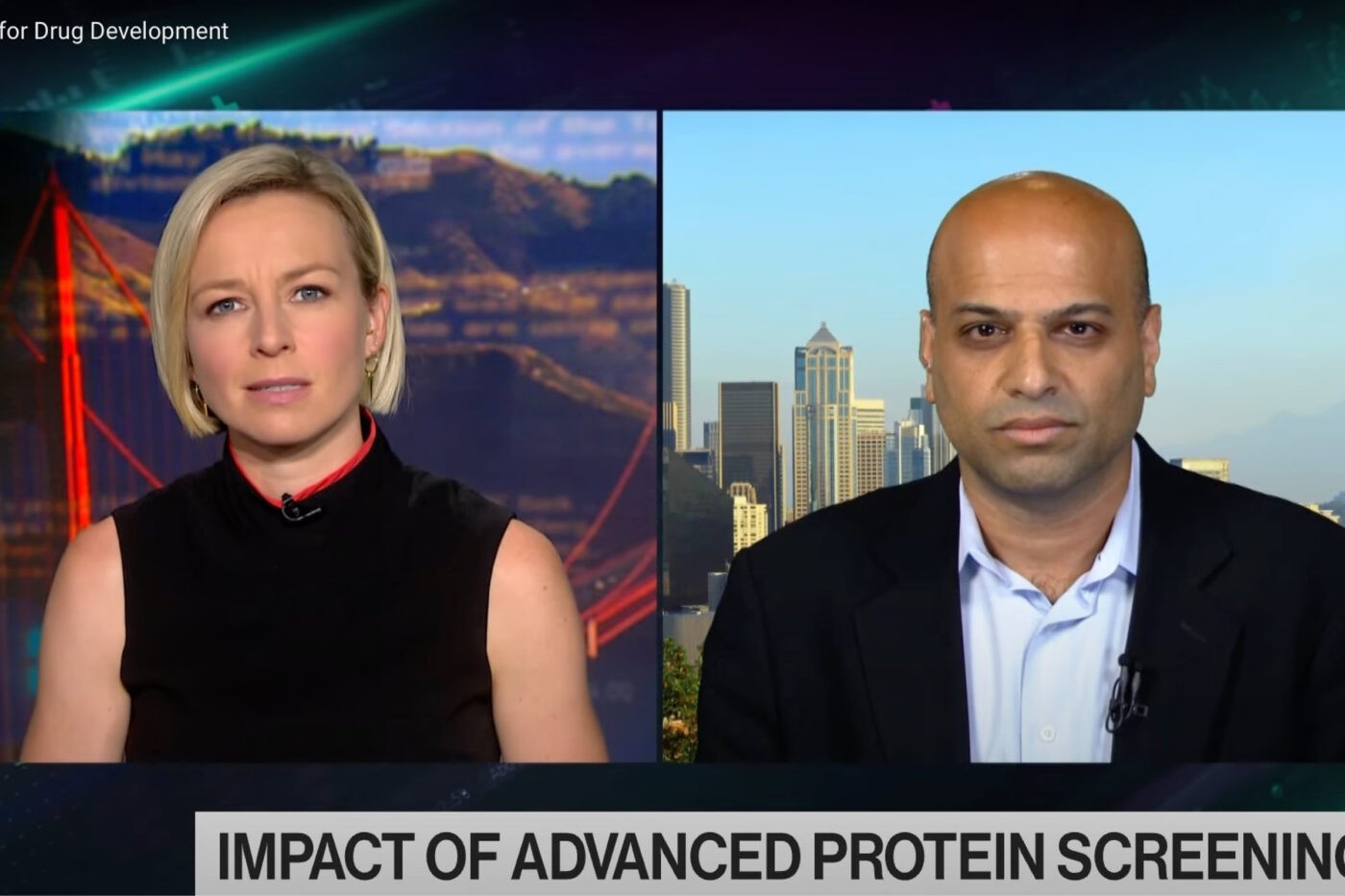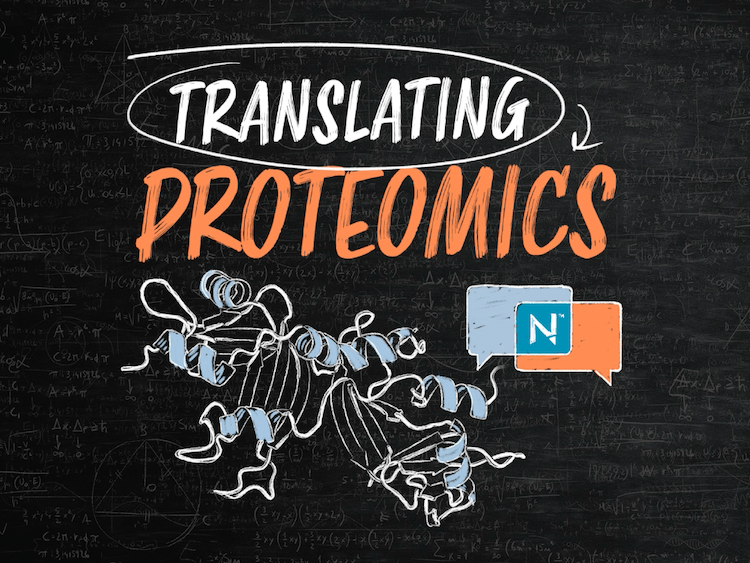
New podcast and video series – Translating Proteomics
Nautilus Biotechnology
April 4, 2024
“Translating Proteomics” explores the science of proteomics and its growing impact on biological research, biomarker discovery, drug development, food and energy security, and a range of other timely topics. The goal of these conversations is to expose you to important issues in proteomics, deepen your love of science, and prompt you to question assumptions about what may be possible.
Your hosts are Drs. Parag Mallick and Andreas Huhmer of Nautilus Biotechnology. Parag is an Associate Professor at Stanford University whose lab performs systems biology studies that drive precision medicine approaches for cancer diagnosis and treatment. Andreas is a veteran scientist whose industry work has supported thousands of proteomics researchers by helping to bring the latest mass spec technologies into their labs.
Find all Translating Proteomics Episodes here.
Subscribe to Translating Proteomics on YouTube, Apple Podcasts, Spotify, or subscribe to our Translating Proteomics Newsletter to get the latest episodes delivered straight to your inbox.
Episode 1 – Poised for a proteomics breakthrough
The idea to measure the proteome to get a clear understanding of healthy and diseased tissues at the molecular level has been around for many years but has not come to fruition in a broadly accessible and applicable way. In this episode Parag and Andreas discuss:
- Why now is the time to make this goal a reality
- Why past efforts to broadly leverage proteomics did not work out
- What we’ve learned from the past
- What’s changed in proteomics and science in general that makes a proteomics breakthrough possible
Subscribe to the Translating Proteomics podcast on YouTube, Apple Podcasts, Spotify, or your favorite podcast outlet
MORE ARTICLES

